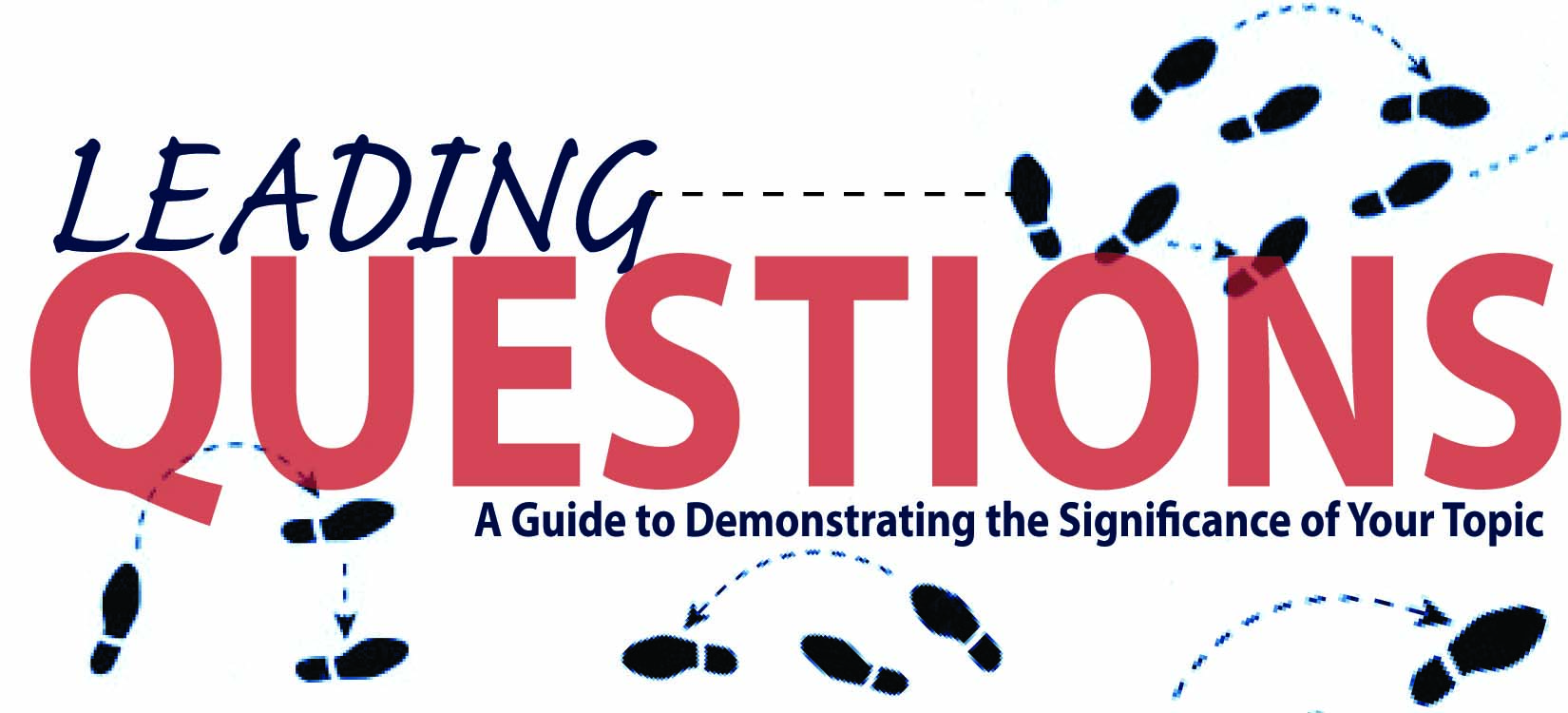The following is an archived post from the IHB blog Marking Hoosier History.
May 2, 2013 | American Indian Research, Featured Posts, Researching Hoosier History, State Historical Marker Application Help

Leading Questions is a series provided to help researchers get started. The questions below are intended to be broadly applicable for use by researchers at any level of experience. If you are an applicant for an Indiana State Historical Marker, answer these questions using primary sources to support your findings; you should then have a very strong application! Keep in mind that several Leading Questions issues may be applicable to your marker topic.
Not sure where to find the answers to these questions? Start with the Research Checklist IHB uses when beginning a research project, and try to visit these local resources. No matter where you find the answers, be sure to keep track of what you found and where you found it with citations! Also keep track of sources that did not prove helpful at the time; it can save time later as your research proceeds.
Leading Questions for Researching American Indian Topics
American Indian topics encompass other issues of Leading Questions – people, events, etc. This issue addresses some specific questions that may be relevant to provide background information and suggests some primary and secondary sources important when researching American Indian Topics.
- What tribe(s) was/were involved?
- When did the tribe come to the area which became Indiana? Why? Where did they locate their villages?
- Was the tribe relocated/removed from Indiana? When, to where, and why?
- How is the topic significant to tribal history? Indiana history? U.S. or international history?
- What sites, structures, natural features, etc. remain that relate to the topic and/or the tribe(s)?
- Are members of the tribe still in the area or the state of Indiana today? If not, what connection does the tribe still have with Indiana?
- What kind of pressures or obstacles did tribal members face? How did they respond?
- How did members of the tribe or its leadership interact with foreign, territorial, state, or U.S. governments and how did this change over time?
In addition to the general sources recommended above, consulting the following sources may prove fruitful:
Primary
- Family records and personal papers of: English soldiers, traders, French explorers, trappers, French missionaries, and American settlers. Papers of Andrew Jackson, Thomas Jefferson, William Henry Harrison, Isaac McCoy, Arthur St. Clair, John Tipton, and Anthony Wayne have been published. Family papers of Ewing and Lasselle, both unpublished, are available at the Indiana State Library.
- Federal government records from the National Archives, especially treaties and territorial papers. The National Archives also holds the records of the Bureau of Indian Affairs, which includes special censuses, school records, enrollment lists, and allotments.
Secondary Sources may lead you to primary sources, and will provide useful historical context. (Click the links to be taken to the WorldCat record, which will allow you to find the book in a library near you.)
- Hoxie, Frederick E., ed., Encyclopedia of North American Indians.
- Jones, James R., III and Amy L. Johnson, Early Peoples of Indiana.
- Kappler, Charles J., Indian Affairs: Laws and Treaties (digitized full-text of this resource).
- Kohn, Rita and W. Lynwood Montell, Always a People: Oral Histories of Contemporary Woodland Indians.
- Lee, Francis, Native Time: A Historical Time Line of Native America.
- Prucha, Francis Paul, Atlas of American Indian Affairs.
- Tanner, Helen Hornbeck, ed., The Atlas of Great Lakes Indian History.
